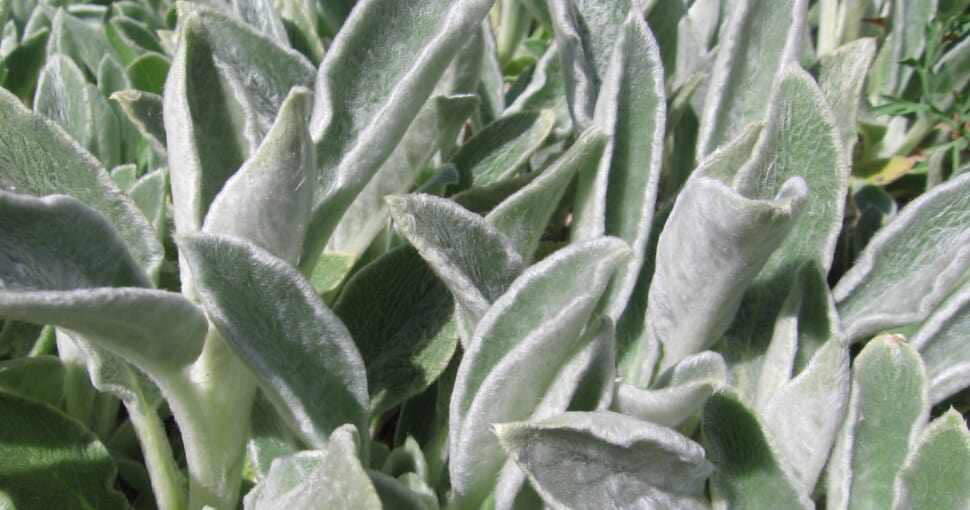Lamb’s ear (Stachys byzantine) is a unique plant with velvety leaves that hang downwards to form “lamb’s ears”. Lamb’s ear plants are covered in soft, white hairs that make them feel like velvet. This ground cover is a pleasant addition to any garden and is hardy and drought resistant.
Contents
Lamb’s ear plants grow about 18 inches high and produce small white, red, purple, or pink flowers. These flowers grow in cone-shaped bundles. Although lamb’s ear plants are hardy, they are challenging to grow. Fortunately, many other plants look like lamb’s ear, including:
- Mullein – every part of the mullein plant looks like lamb’s ear.
- Rose campion – all parts of the plant look like lamb’s ear.
- Betony – the flowers resemble lamb’s ear.
- Sage – the leaves and flowers look like those of lamb’s ear.
- Angel wings – this plant is also covered in fine, white hairs like lamb’s ear.
- Hedge nettle – the leaves and flowers resemble those of lamb’s ear.
- Lavender – the flowers and furry stems remind one of lamb’s ear.
- Rosemary – the flowers and fur resemble lamb’s ear.
If you are interested in the look and feel of lamb’s ear but don’t wish to plant it in your garden, you can consider one of these nine plants instead. While all these plants resemble lamb’s ear, they also have significant differences that make them unique.
1. Mullein (Verbascum densiflorum)
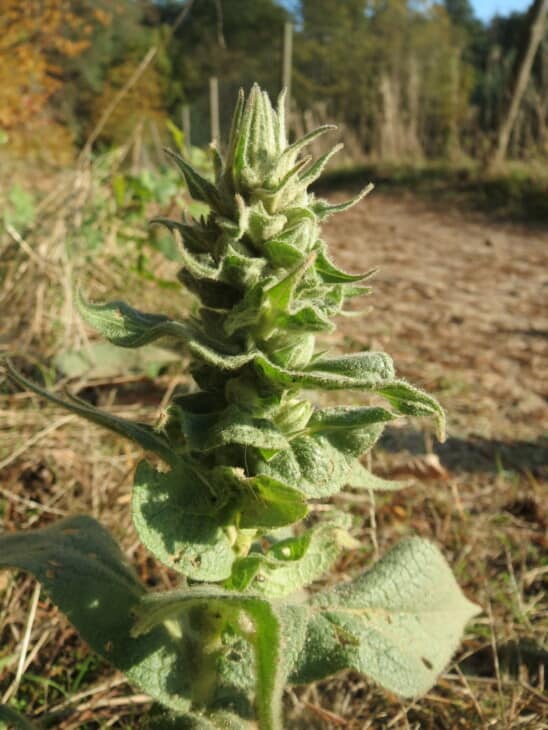
Mullein is a plant often mistaken for lamb’s ear. Despite several differences between mullein and lamb’s ear, there are also several similarities. For one, mullein creates a similar flower structure to lamb’s ear. Mullein flowers are small and grow in cone-shaped bundles, just like a lamb’s ear.
The plant is also covered in tiny white hairs that make it feel soft and velvety, just like lamb’s ear. Furthermore, the plant also grows in dense layers, further reminding one of lamb’s ear. Unlike lamb’s ear, however, mullein flowers are yellow.
Mullein flowers also grow on a foot-long flower spike in their second year, which is when it becomes much easier to tell it apart from lamb’s ear. Mullein plants also don’t act as ground covers, a key feature of lamb’s ear plants.
2. Rose Campion (Lychnis coronaria)
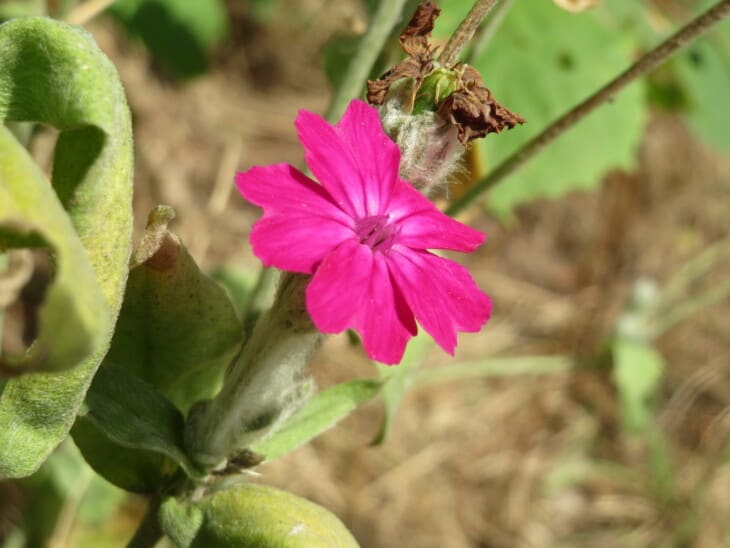
Rose campion has some similarities with lamb’s ear, especially regarding its texture. Like lamb’s ear, rose campion plants are covered in soft white furry hairs that give the plant a velvety feel. Rose campions also produce purple (magenta) flowers that grow like lamb’s ear flowers on a spike.
While lamb’s ear leaves are elongated and look somewhat like lamb’s ears, rose campions have smaller, oval-shaped leaves. Their flower stalks also grow several feet tall, protruding from the center of the plant. This is different from lamb’s ear flower stalks that only reach about 9 feet.
Rose campions are also a different color than lamb’s ears since they are lighter green and brighter than lamb’s ears.
3. Betony (Betonica officinalis)
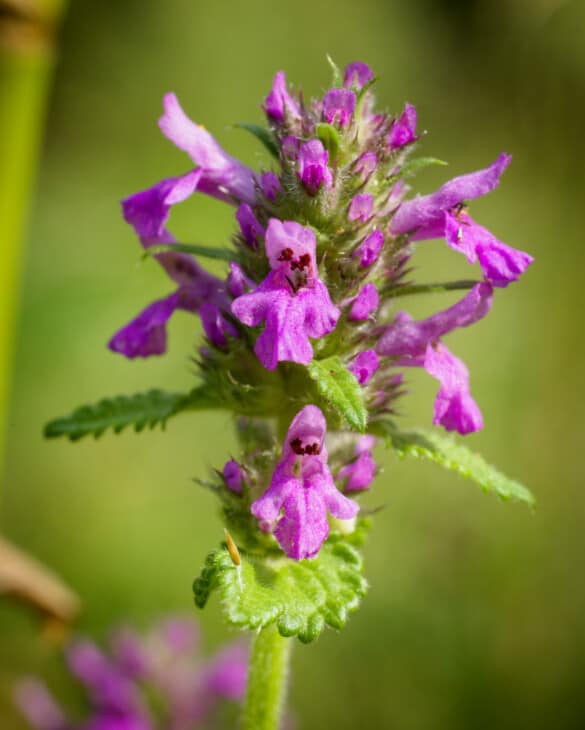
Betonies resemble lamb’s ears in more than one aspect. First, their leaves are the same shape and size as lamb’s ear leaves. The leaves also grow facing down, giving them the same appearance as lamb’s ears. Finally, Betony plants also produce flower stalks on which small, purple flowers grow in cone-shaped bundles.
While betony has the same leaves and flower stalks, they aren’t covered in the velvet-like hairs that are so distinctive of lamb’s ear plants. Betony plants grow about a foot tall, making them much bigger than a lamb’s ear.
Betony is also a ground cover, though. And since it has so many things in common with lamb’s ear, people often mistake these plants for each other at first glance.
4. Sage (Salvia officinalis)
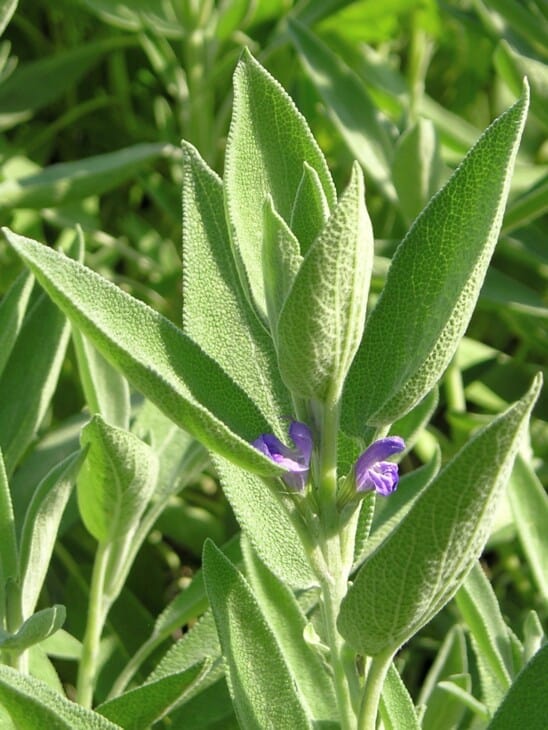
Sage is one plant with similar characteristics to lamb’s ear. Although it is a shrub, sage produces the same flowers as lamb’s ear. Sage flowers are small and grow in cone-shaped bundles on the ends of the plant’s stems. These flowers resemble those of lamb’s ears.
Furthermore, sage leaves are covered in tiny, white hairs that make the plant look more like lamb’s ears. Sage leaves are smaller than lamb’s ears, though, and they don’t feel as soft. Sage is a herbaceous shrub often used for culinary benefits. Lamb’s ear plants are mainly kept for their ornamental value.
Sage is also much bigger than lamb’s ear plants, reaching up to 2 feet in height. Despite their differences, one can see how these plants remind you of each other.
5. Angel Wings (Senecio candicans)
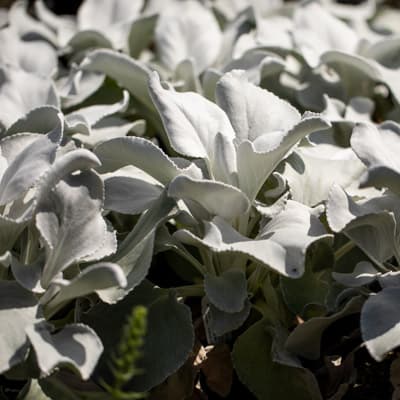
Angel wings also have many similarities with lamb’s ear. Like lamb’s ear, angel wings are covered in soft, white hairs that give the plant a velvety texture. Angel wings also grow in the rosette style, like lamb’s ears. Angel wings also grow about 16 inches tall, about the same size as lamb’s ear.
Like lamb’s ear, angel wings are excellent ground covers. However, unlike lamb’s ear, angel wings don’t produce prominent flower spikes on which their flowers grow. Instead, their flowers grow close to the plant’s base and are yellow.
Angel wings also have differently shaped leaves than lamb’s ear. Angel wings have scallop-edged leaves that make them look like angel wings. Their leaves are also much bigger than lamb’s ear leaves.
6. Hedge Nettle (Stachys bullata)
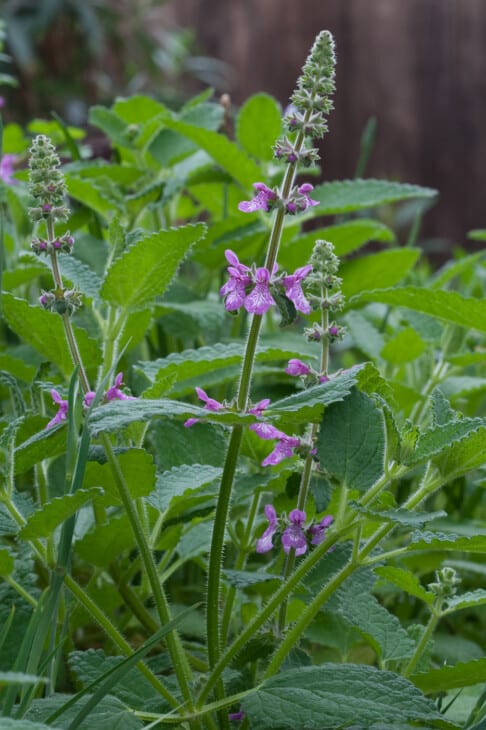
Hedge nettle is also a part of the Stachys family, the same family that lamb’s ear belongs to. It is, therefore, no wonder why these plants look so similar. Hedge nettle is covered in fine white fur that creates the illusion of being velvet.
Hedge nettles also produce flower spikes with bright purple flowers, further reminding one of lamb’s ear. But hedge nettles grow much bigger than lamb’s ear, reaching between 1 and 3 feet tall. Hedge nettle leaves also look quite different from lamb’s ear leaves.
The leaves are oval-shaped and have small teeth along their edges. They are a darker, brighter green than lamb’s ear leaves too. Hedge nettles are edible and have been used for medicinal purposes for many years.
7. Lavender (Lavandula)
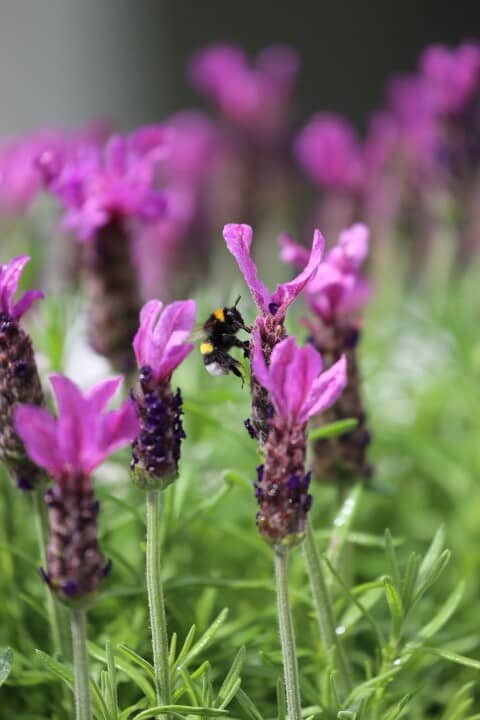
Lavender is another plant that makes some people think of lamb’s ear. Like sage, this plant is an herbaceous shrub and grows much larger than sage. Still, the leaves and flowers remind one of lamb’s ear plants. Lavender leaves are also covered in fine hairs that resemble those on a lamb’s ear.
Lavender flowers also look like lamb’s ear flowers since they have the same structure. Lavender flowers are small, purple, and grow in cone-shaped bunches at the ends of the stems. This makes the plant look even more like a lamb’s ear.
But lavender has a distinctive scent one will not detect when moving past a lamb’s ear. The plant isn’t as soft and does not spread like a groundcover as the lamb’s ear plant.
8. Rosemary (Salvia rosmarinus)
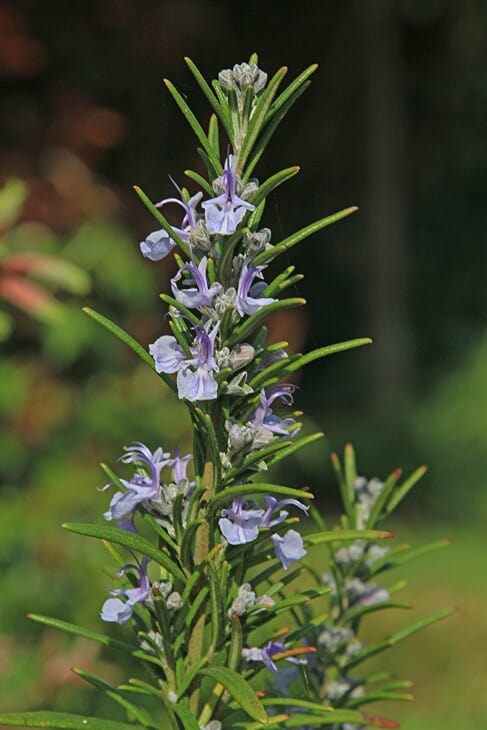
Considering the similarities between rosemary and lavender, it should be no surprise that rosemary also resembles lamb’s ear plants. Rosemary plants grow much taller than lamb’s ears, and have a distinctive aroma.
Still, the leaves of rosemary plants grow in a similar shape as lamb’s ear leaves, and the plant is roughly the same color as lamb’s ear. Rosemary plants also produce the same small flowers that grow in bundles as lamb’s ears. Rosemary flowers are purple and grow in the same shape as lamb’s ear flowers.
Although rosemary plants draw some resemblance to lamb’s ear, they aren’t entirely the same. Rosemary plants don’t act as ground covers, and they are edible.

